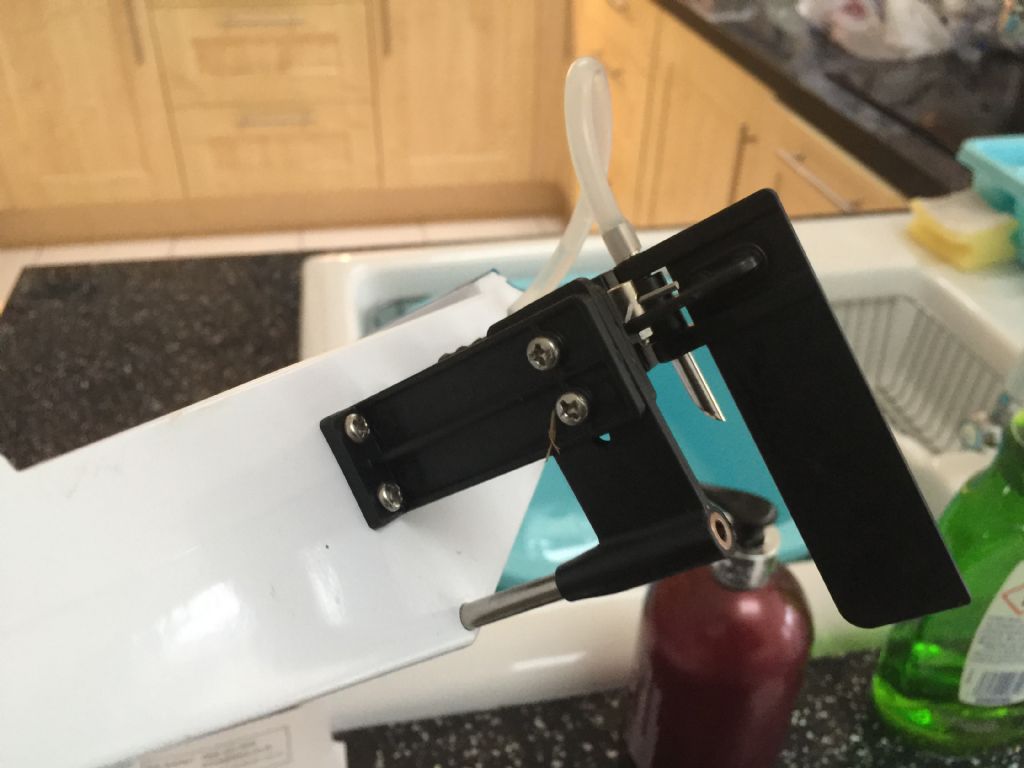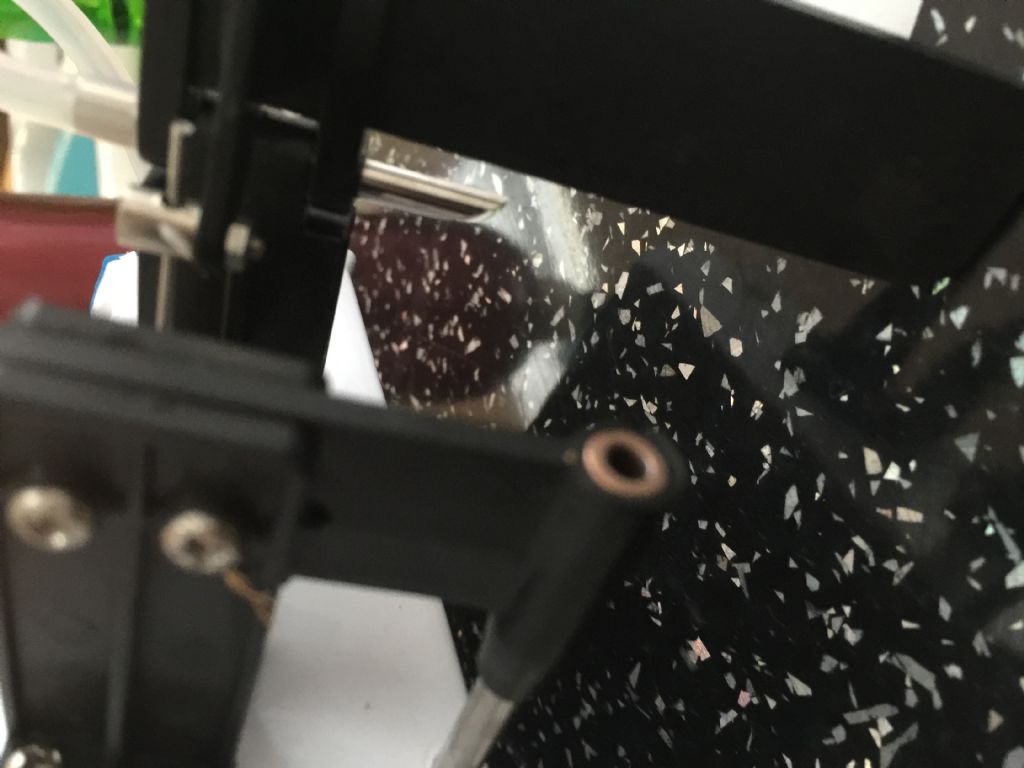To extend DM's comments a little more – this is a 'ready-to-run' racing boat, so it probably won't be pottering around the lake at all. Battery time calculations are never going to be precise to the minute, so the shop's estimate of 1/4 hour or 1/2 hour are, I think, well estimated with 12 minutes and 26 minutes to when you first feel loss of power.
You have already found out that if you leave a battery for a while it will recover slightly. Running at less than full power, as DM points out, will increase run time – sometimes quite substantially.
Racing boat clubs tend to have a 'rescue boat' ready to recover stranded boats – either a rowboat with a person in or a small model with a 'scoop' at the front.. You will also find that it is beneficial to run on the leeward side of the lake (with the wind blowing towards you) so that any time required to drift in is lowered.
A major use of power meters is to determine efficiency of the motor/prop combination you have in your boat. Since you have an RTR boat, all this will have been optimised by the manufacturer, so you don't really need to do it yourself. You would only really need a power meter if you were going to re-engine or re-prop the boat.
This is a good example of what I was saying earlier – the club people at the lakeside are the first people you should be getting advice from. They would see instantly that you had an RTR boat – we have been giving advice based on general hobby boats you build yourself…







